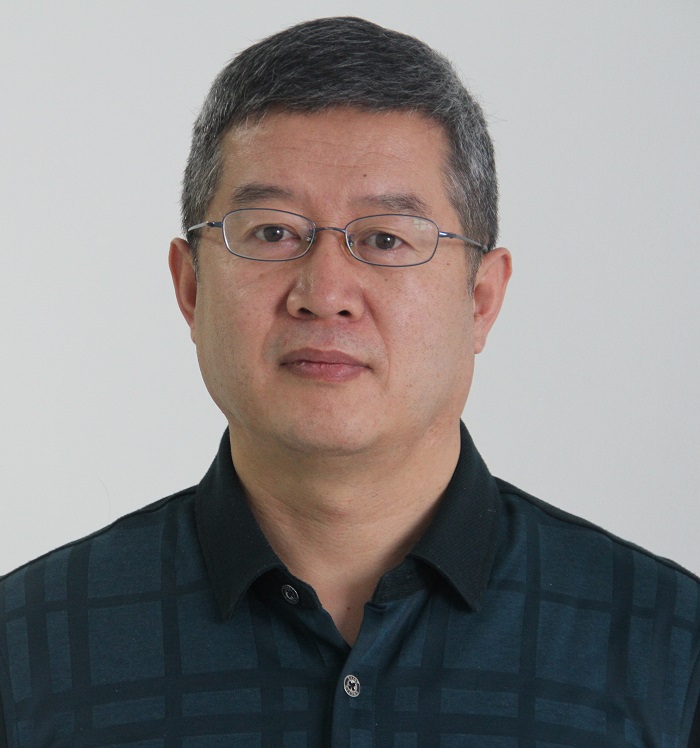PS Seminar Series: Biogeographic distribution of microbial communities across black soil region of Northeast China
Speakers
Event series
Content navigation
Description

Abstract - Recently the study of biogeographic distribution of microorganisms in soils is highlighted. Many evidences have demonstrated that the soil microorganisms are not randomly distributed, environmental heterogeneity and dispersal limitation are two general factors that control the biogeographic distribution of soil microorganisms in various soil environments. Black soils, classified as Mollisols, are one of the most important soil resources for crop production in China and play a crucial role in ensuring national food security. In order to reveal the distribution patterns of soil microorganisms across the black soil region in northeast China, 26 soil samples were collected within soil tillage layers, and microbial communities, including bacteria, fungi, archaea, and ammonia oxidizing archaea (AOA) and ammonia oxidizing bacteria (AOB), as well as acidiobacteria were investigated by high throughput sequencing. All findings indicated that the investigated microorganisms showed a distinct biogeographic distribution pattern across black soil region but the major soil factors in shifting the community structures varied with different microbial community.
Biography - Guanghua Wang, was born in April 1966. He got his Bachelor and Master degree at Heilongjiang Bayi Agricultural University of China in 1988, and 1991, respectively, and received a PhD at Harbin Institute of Technology of China in 2005. He received a JSPS postdoctoral fellowship and conducted research at Nagoya University of Japan for three years. Now he works in Northeast Institute of Geography and Agroecology, Chinese Academy of Sciences and acting the PI of research group of Molecular Ecology of Farmland. His research interesting main focuses on soil microbial ecology in black soils, genetic diversity of environmental viruses, and exploration and utilization beneficial microorganisms for agricultural development. Until now, he had published 98 papers in international journals, and supervised 10 PhD graduates.
Location
Slatyer Seminar Room, Rm N2011, Level 2, RN Robertson Building (46)




